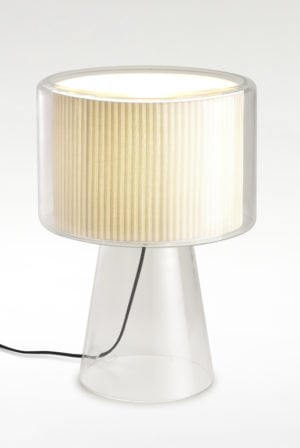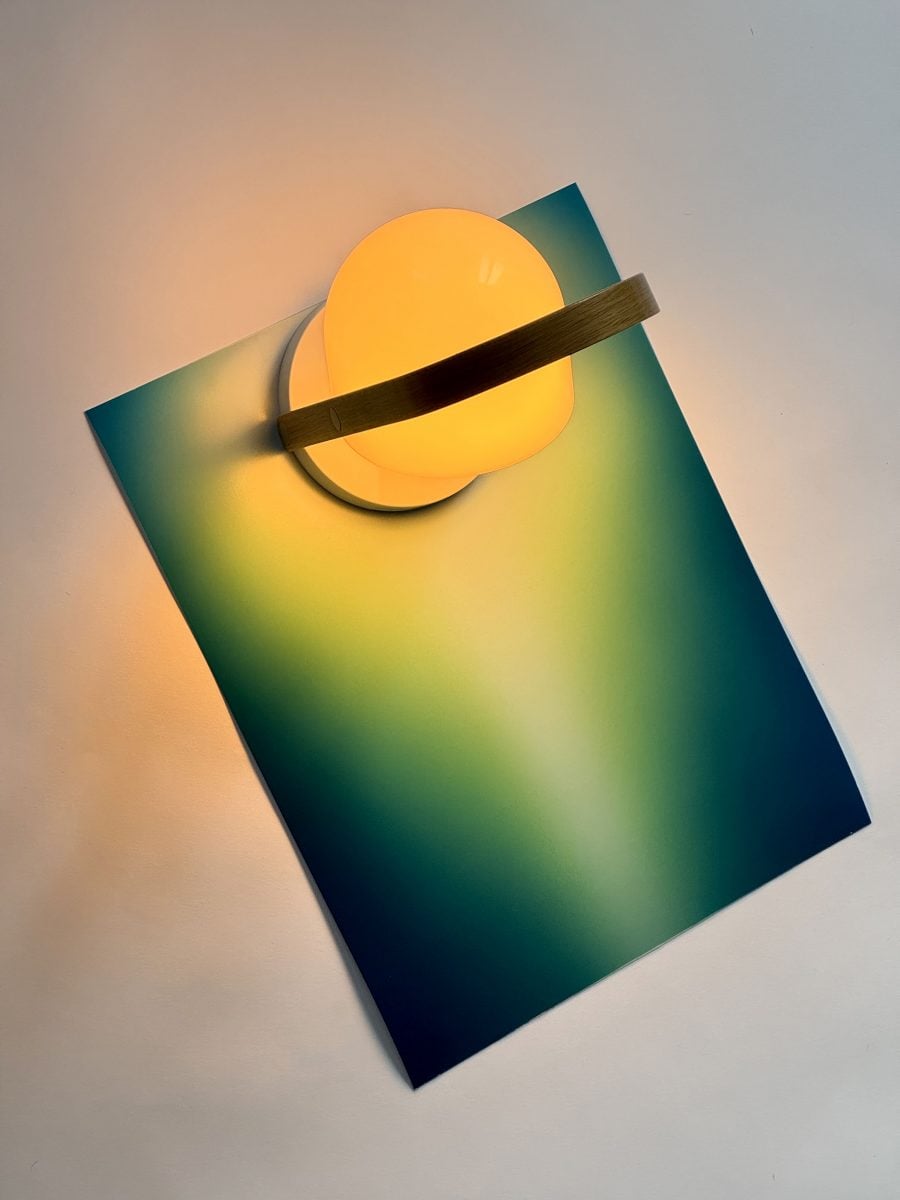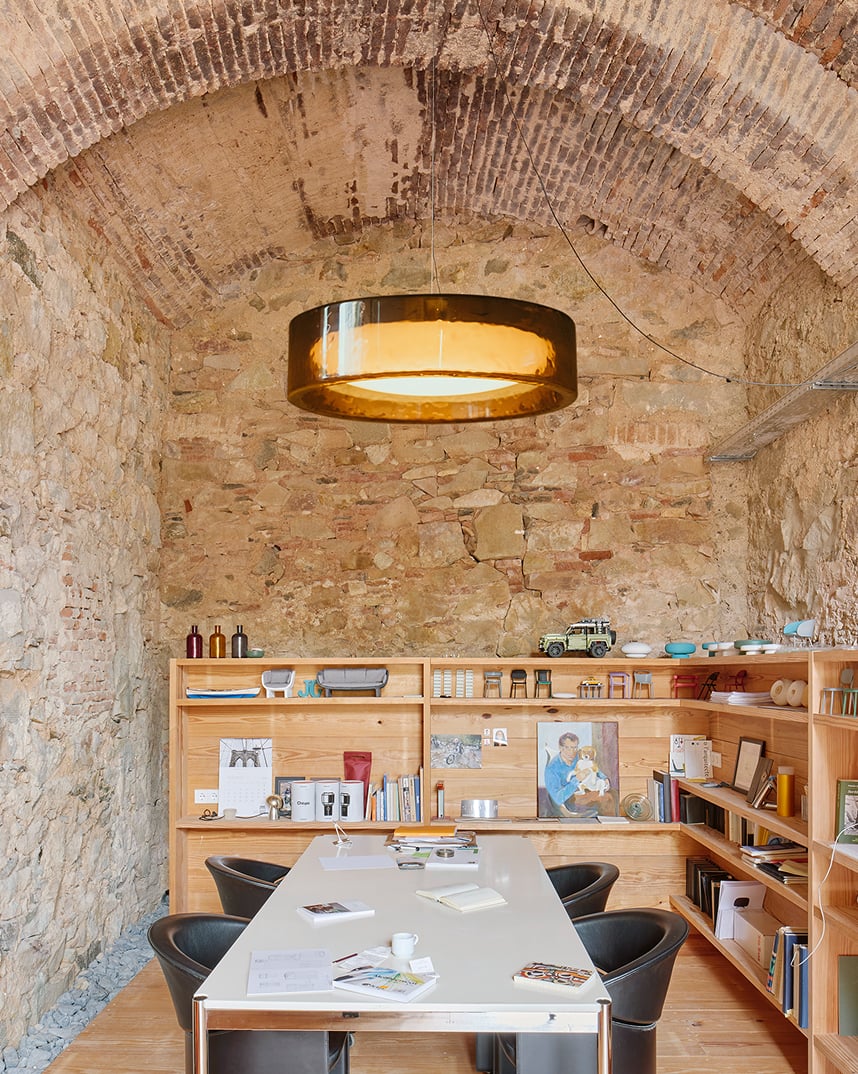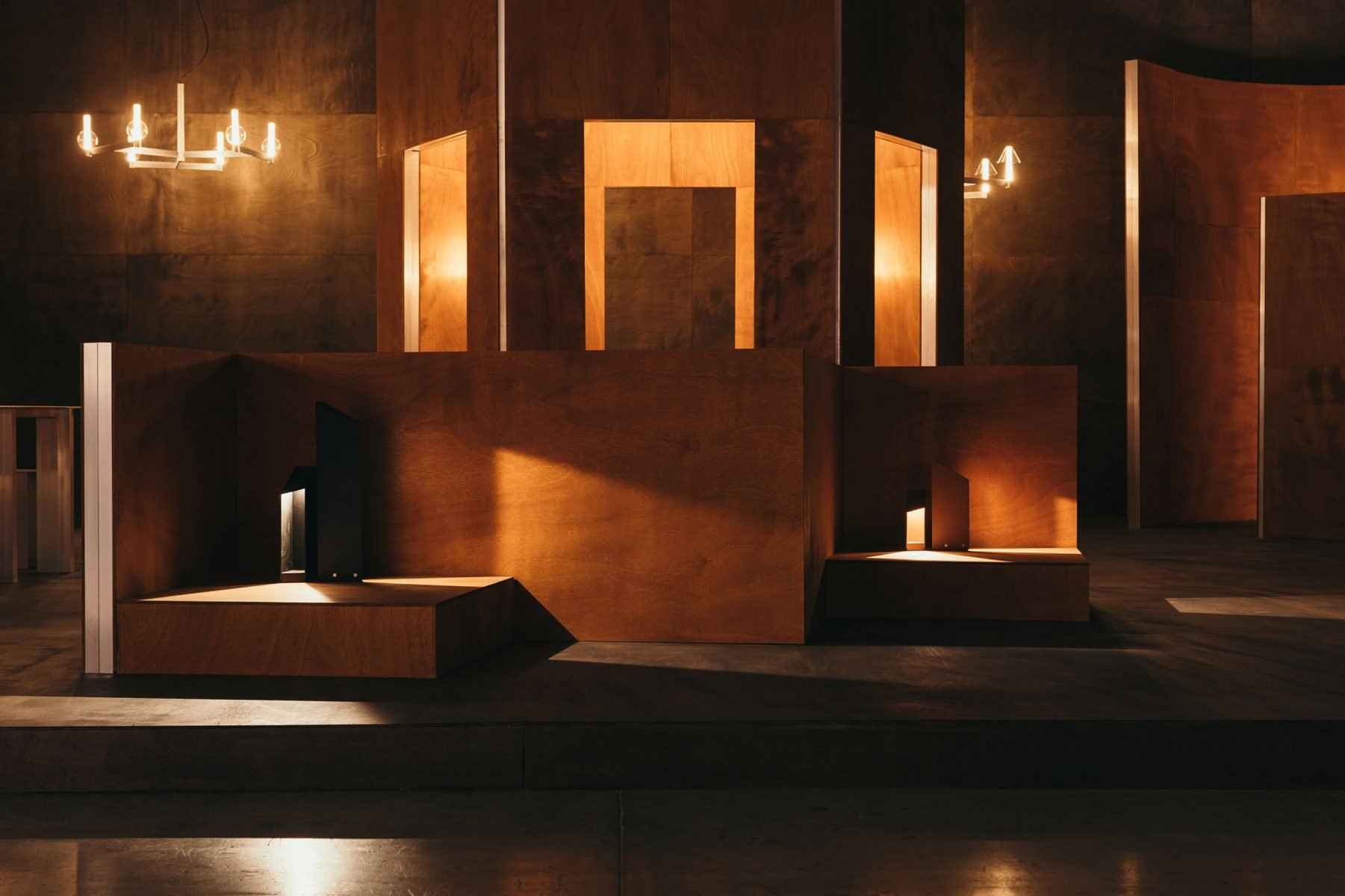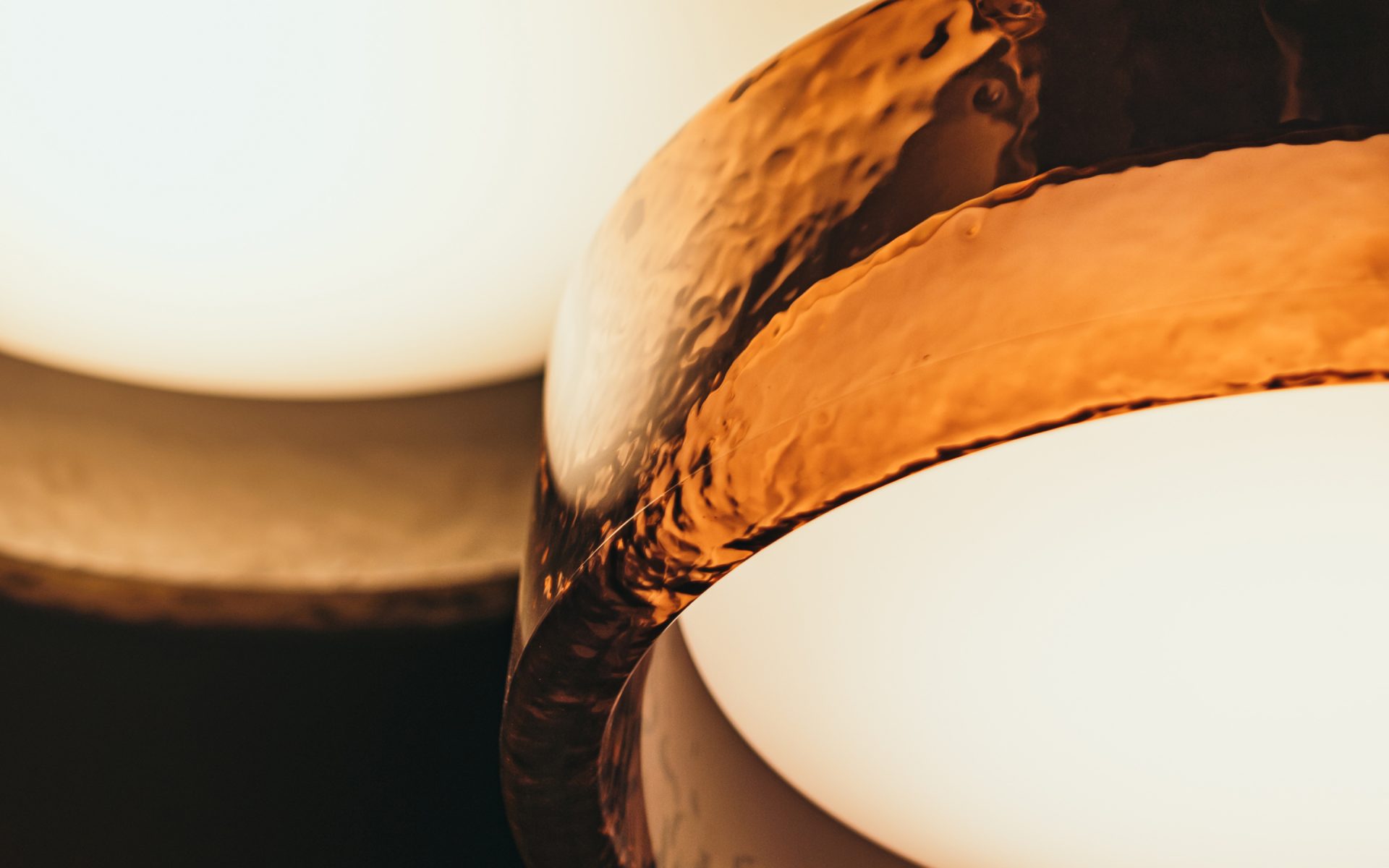Reflections on light – Maria Reig- part three
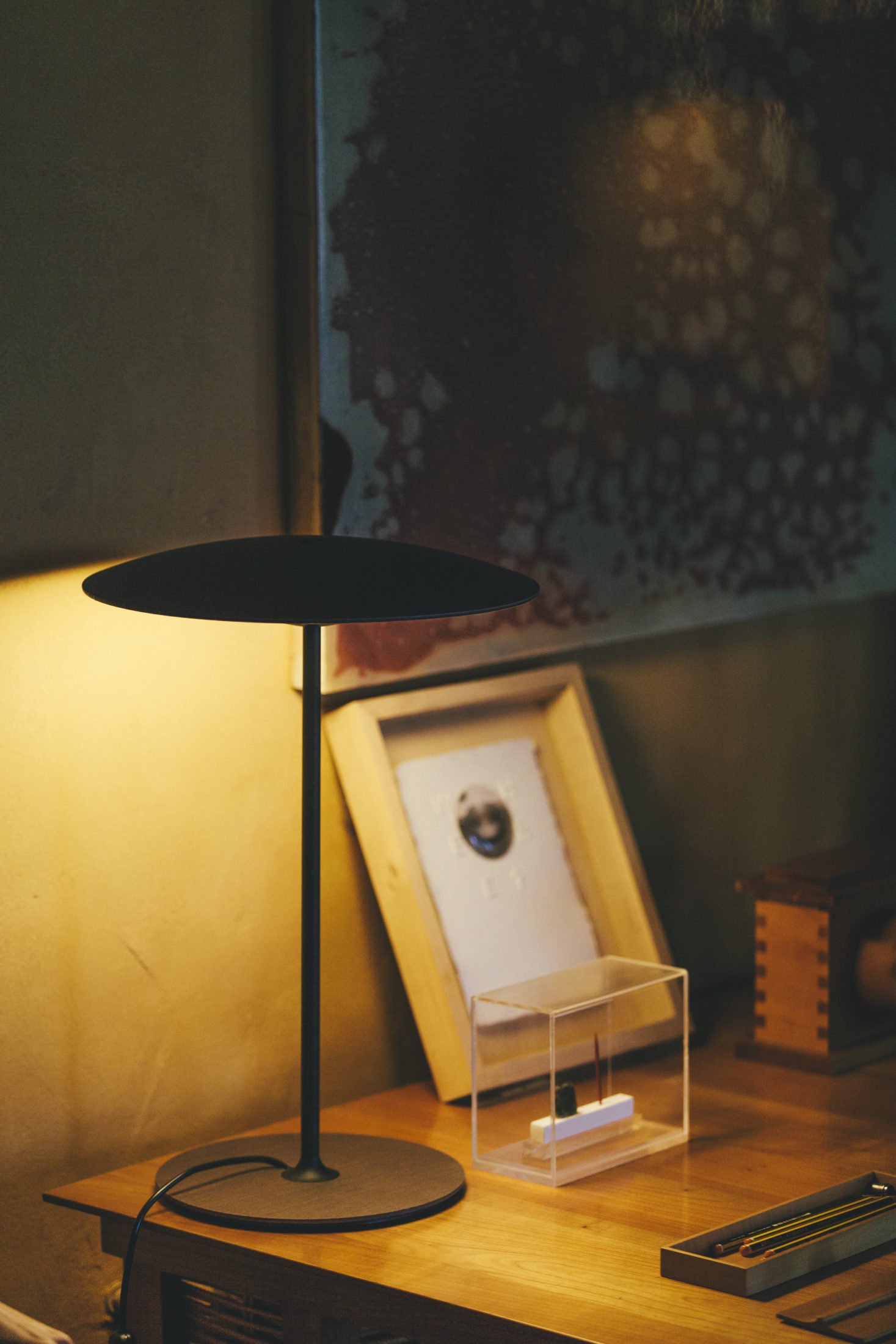
-What is beauty?
– I would talk more about harmony. Beauty without harmony, without proportion, does not exist. Proportion can be disproportionate, it can be enormous, but harmony is what confers beauty. For example, the Grand Canyon in Colorado. It’s huge, red, striped! Amazing! A forest full of trees is gorgeous. So what makes harmony? The repetition of colours or sunrays or trunks, or the light that falls in the forest. Nature is very important to me, and so are forests. I call them sanctuaries. These sanctuaries can be very small or very large, but they are strong. I adore that superimposition of shadows, colours, textures and reliefs in nature. I think that it is extremely difficult to recreate that in interior décor. That’s why I go outside to find it.
-Can light affect your mood?
– Bad light can. Excessive light makes me really uncomfortable, and it can even keep me from going to a restaurant with too much light. I love the light of London. To me there is too much light in Barcelona. Have you ever been in Valencia? If you drop your contact lens to the ground at three in the afternoon in Valencia, you can find it. Maybe that’s why it’s called the City of Light…
In the European Union there are regulations on light in public areas, and Spain uses seven times what it should. What do you see in Tokyo? Neon, neon and more neon. I don’t like it. What I love about Tokyo is when you see a raspberry or blue light on the skyscrapers that blinks on and off in the middle of the fog. It’s like a sea with infinite raspberries – amazing!
– What makes a product high-quality?
– More than the materials, the details… the presence of a fine material as a detail. Wood is a language of quality, just like fine metals, good papers and beautiful fabrics. Today cool materials like stainless steel are overused, but if there is too much wood it’s not contemporary.
Perhaps I prefer the language of authentic materials more than new materials, even though I also like mixtures – LEDs with fine materials, for example.
-What is luxury?
– It is more closely related to quality than to price, to materials that last and never go out of fashion. Cashmere is cashmere 30 metres away; so is linen. You can’t quite see what plastic is 30 metres away. I like what can be recognised at a distance. Luxury in materials is what does not need to be changed because it ages with dignity. Furthermore, materials get better and more beautiful over the years. For example, cement and iron age well, but stainless steel doesn’t – it stains.
Sometimes you can have luxury without too much money. It is related to the choice of materials, textures and quality, which become harmonious when they are mixed. To me, that’s luxury. For example, sisal can be a great luxury material. You see an old English mansion and it doesn’t have wool or silk carpets but old sisal ones. The Chinese have silk carpets, perhaps a bit faded, but that’s what I like: seeing things that are used, that have been around for years and that have aged well.
Beauty without harmony, without proportion, does not exist


